#Madame Yevonde
Text
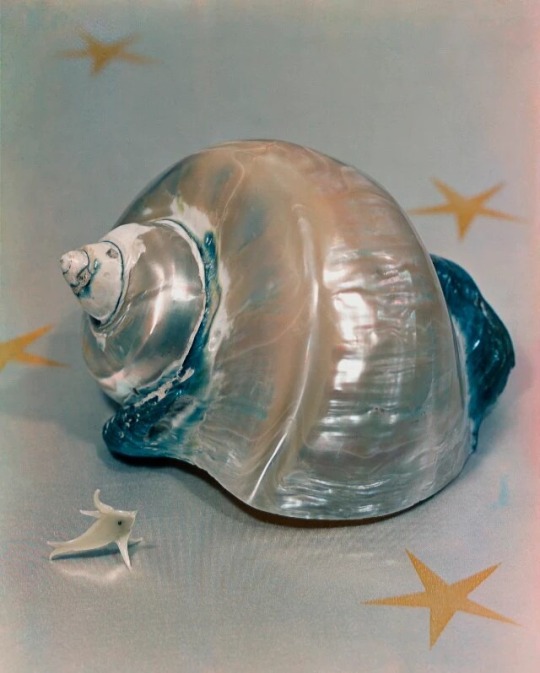

Yevonde Middleton (aka Madame Yevonde) (English,1893-1975)
Shell, 1937
tri-colour separation negative
5K notes
·
View notes
Text
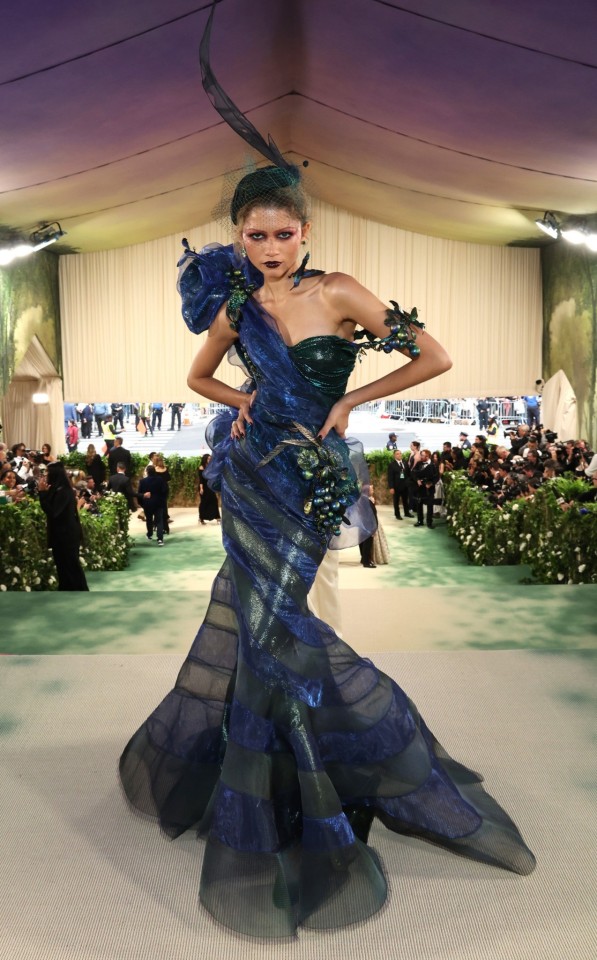
Zendaya at the Met Gala 2024, wearing custom Maison Margiela Artisanal by John Galliano, and hat by Stephen Jones.
The fruit, flowers, insects and birds on the gown fit the dress code of the night, 'The Garden of Time', inspired by J.G. Ballard's 1962 short story (explained here by the BBC).


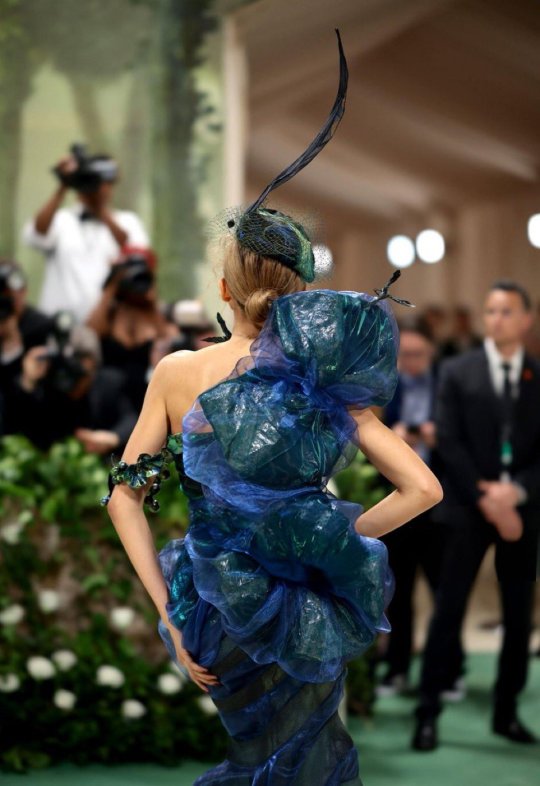
The gown also references John Galliano’s Spring 1999 couture collection for Dior, in particular the gown below, decorated with grapes.
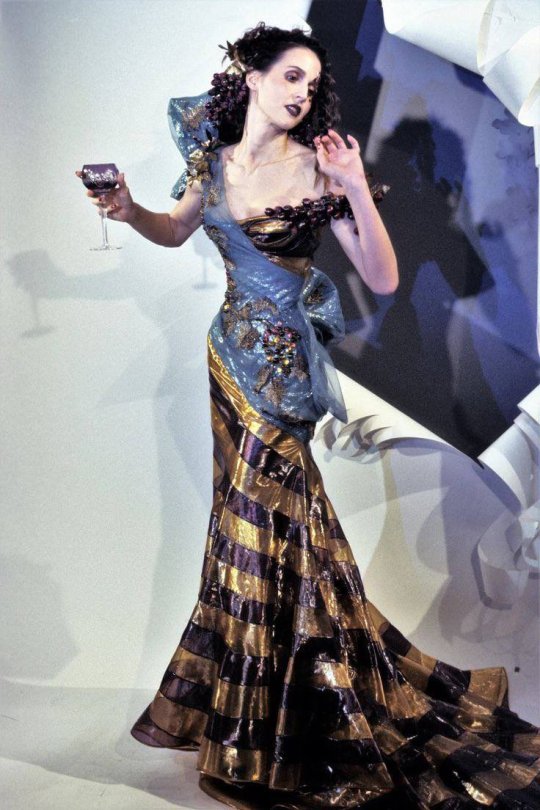
Maison Margiela said:
'A sage lamé bias-cut ‘siren dress’ overlaid with iridescent electric blue organza with ‘retrograding’ in undulating bands of hand-painted metallic crin, swathed in an aluminium material and iridescent organza drape and bow, with a corsage hand-embroidered in a bacchanal of hand-painted impasto in the grammar of the electric blues and emerald greens of scarab amulets, with formations of birds, flowers, vines, grapes and nuts, worn over a boudoir-coloured duchess satin corset. A silver metal-wire ‘reverse swatching’ hat and a black hand-painted voile crafted in the memory of plume and enveloped in matching coloured stockings by Stephen Jones for Maison Margiela, and Eau de Nil velour and faux lizard Tabi interlaced ankle-strap pumps by Christian Louboutin for Maison Margiela.
Created for Zendaya by John Galliano for Maison Margiela, the haute couture silhouette was inspired by the 1930s mythological works of the photographer Madame Yevonde and imbued with the memory of the orgiastic sceneries of the bacchanals of Ancient Greece. In a dance between painterly cutting and draping techniques – unique to each layer of the construction – and the superposition of fabric textures such as tin foil with transparent iridescent organza overlay, the composition conjures the staccato brushstrokes of Giovanni Boldini. The bias-cut ‘siren dress’ is a key expression in the creative practice of John Galliano, which first appeared at Maison Margiela in the Spring-Summer 2020 Artisanal Collection. Infused with a certain ‘snobisme’, the look is given the epithet of ‘86 and Lexington’, a nod to the subway station near The Met.
The dress was crafted with ‘retrograding’, a technique through which variations of thread-work, appliqué or encrustation degrade from the bottom to the top of a garment like the linear base drawing of a painting that hasn’t yet been finished. The ‘reverse swatching’ technique employed in the hat exchanges the fabrics traditionally used for certain parts of dressmaking with materials of a contrasting value.' X
#zendaya#met gala 2024#met gala#red carpet#john galliano#maison margiela#maison margiela artisanal#gothic#jg ballard#the garden of time#sleeping beauties#dior#fashion#fashion history#stephen jones#surface pattern#textile design#textiles#madame yevonde#millinery#scarab#beetle#insects#grapes#vines#nuts#flowers#floral#bacchanal#retrograding
234 notes
·
View notes
Text

Madame Yevonde
Olga Burnett (née Herard) as Persephone
1935
403 notes
·
View notes
Text
PART 1
Never-before-seen photo of four royal mothers, including Queen Elizabeth and Princess Margaret with their newborn babies, as a personal token to doctor who delivered them to go on display at Buckingham Palace
By Rebecca English, Royal Editor and Mark Duell
16 May 2024
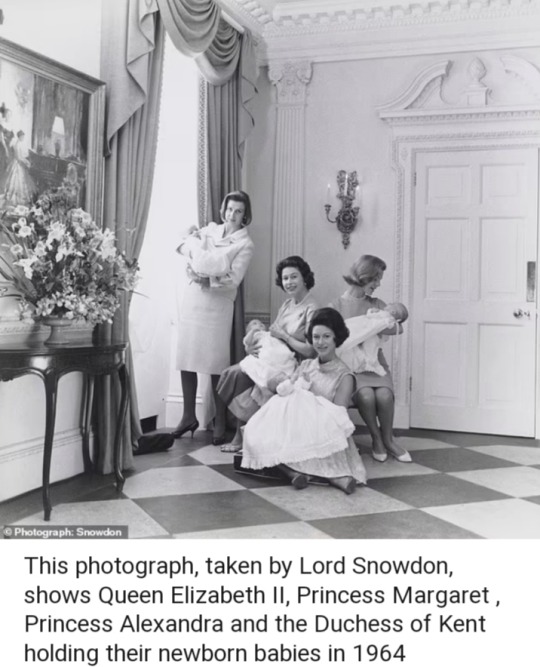

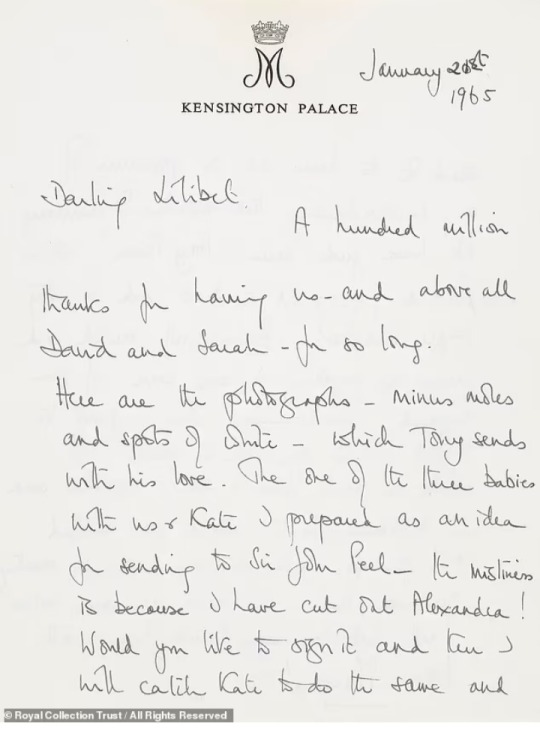


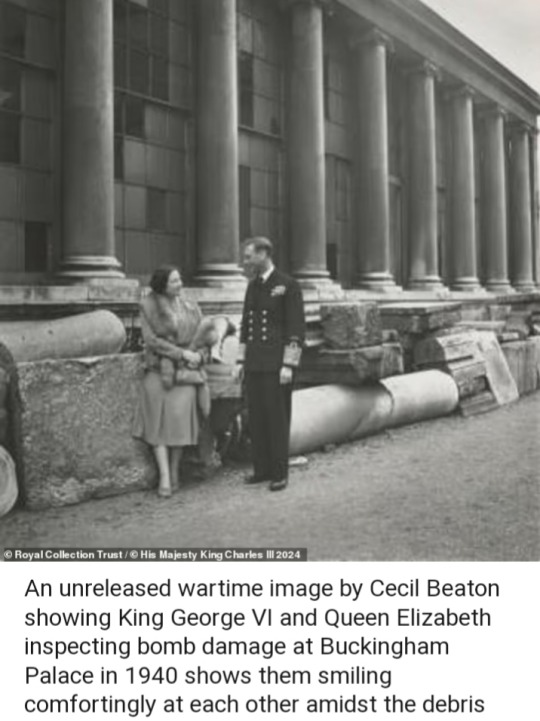
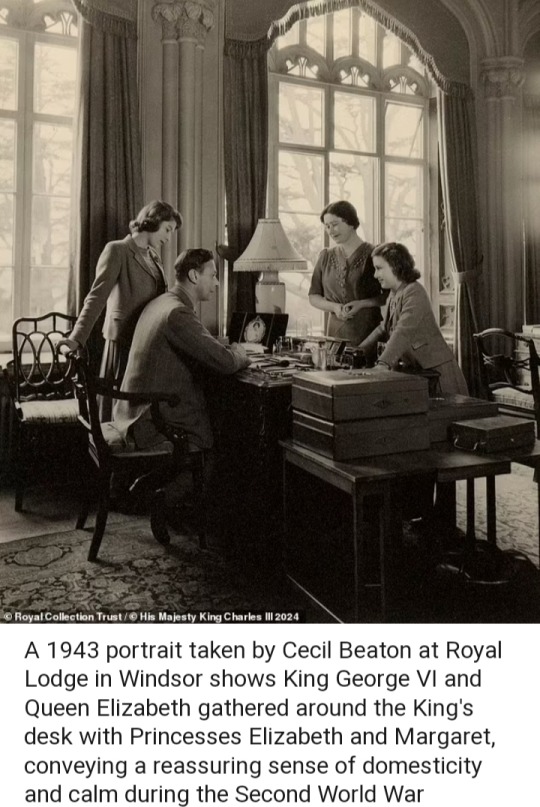
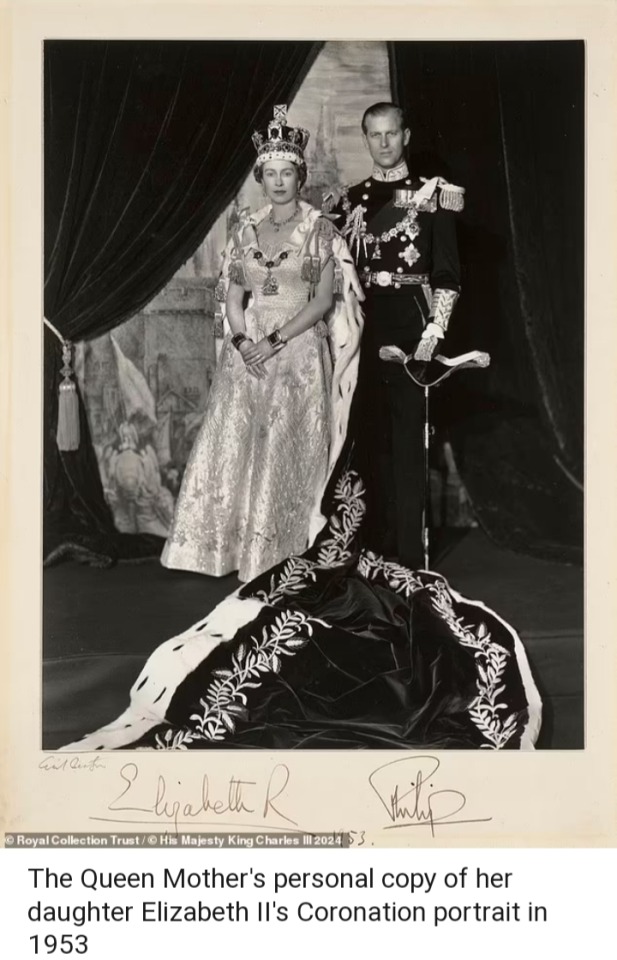
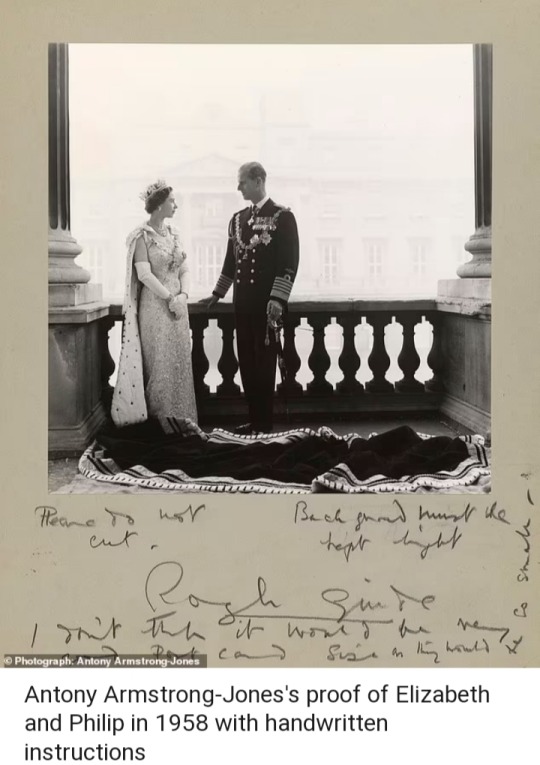

—
It is a remarkable and never seen before snapshot of royal motherhood.
The image, taken by Lord Snowdon, shows Queen Elizabeth II, Princess Margaret, Princess Alexandra, and the Duchess of Kent holding their newborn babies in 1964.
It was captured by Princess Margaret's celebrated photographer husband as a personal token of thanks for Sir John Peel, the royal obstetrician who delivered all four babies within two months — Prince Edward, Lady Sarah Chatto, James Ogilvy, and Lady Helen Windsor.
And it will be one of the highlights of a new exhibition Royal Portraits: A Century of Photography, opening tomorrow at The King's Gallery, Buckingham Palace.
The charming picture will be displayed along with a handwritten letter from Princess Margaret to her sister, asking her 'Darling Lilibet' to sign a print 'as a souvenir of an extraordinary two months of delivery.'
The new exhibition — the first to be held at the The King's Gallery since it was renamed following the death of Queen Elizabeth — will also include The Queen Mother's personal copy of her daughter's Coronation portrait and the earliest surviving colour photographic print of a member of the Royal Family.
It charts the evolution of royal portrait photography from the 1920s to the present day through more than 150 items from the Royal Collection and Royal Archives.
The photographs presented in the exhibition are vintage prints – the original works produced by the photographer – most of which are on display for the first time.
Alessandro Nasini, curator of Royal Portraits: A Century of Photography, said: 'The Royal Collection holds some of the most enduring photographs ever taken of the Royal Family, captured by the most celebrated portrait photographers of the past hundred years – from Dorothy Wilding and Cecil Beaton to Annie Leibovitz, David Bailey, and Rankin.
Alongside these beautiful vintage prints, which cannot be on permanent display for conservation reasons, we are excited to share archival correspondence and never-before-seen proofs that will give visitors a behind-the-scenes insight into the process of creating such unforgettable royal portraits.'
'Royal Portraits: A Century of Photography' is at The King's Gallery, Buckingham Palace, from tomorrow (May 17) until October 6, 2024.
#Queen Elizabeth II#Prince Philip#Princess Margaret#King George VI#Queen Elizabeth The Queen Mother#Princess Alexandra#Duchess of Kent#Princess Alice#Duchess of Gloucester#Cecil Beaton#Lord Snowdon#Madame Yevonde#Royal Portraits: A Century of Photography#Alessandro Nasini#Annie Leibovitz#David Bailey#Rankin#royal portraits#royal motherhood#royal babies#British Royal Family#The King's Gallery#Buckingham Palace#vintage photos#royal photos
65 notes
·
View notes
Text

Princess Alice, Duchess of Gloucester (neé Lady Alice Christabel Montagu Douglas Scott) on her wedding day, 1935, 📷 Madame Yevonde. As well as being the longest living royal (1901 - 2004) the photo is one of the first royal colour photographs.
#princess alice#ktd#brf#british royal family#throwback#fashion#wedding#madame yevonde#photography#flowers
46 notes
·
View notes
Text

Vivien Leigh, London by the amazing Madame Yevonde, Kodachrome colour dye transfer print, September, 1936.
90 notes
·
View notes
Text
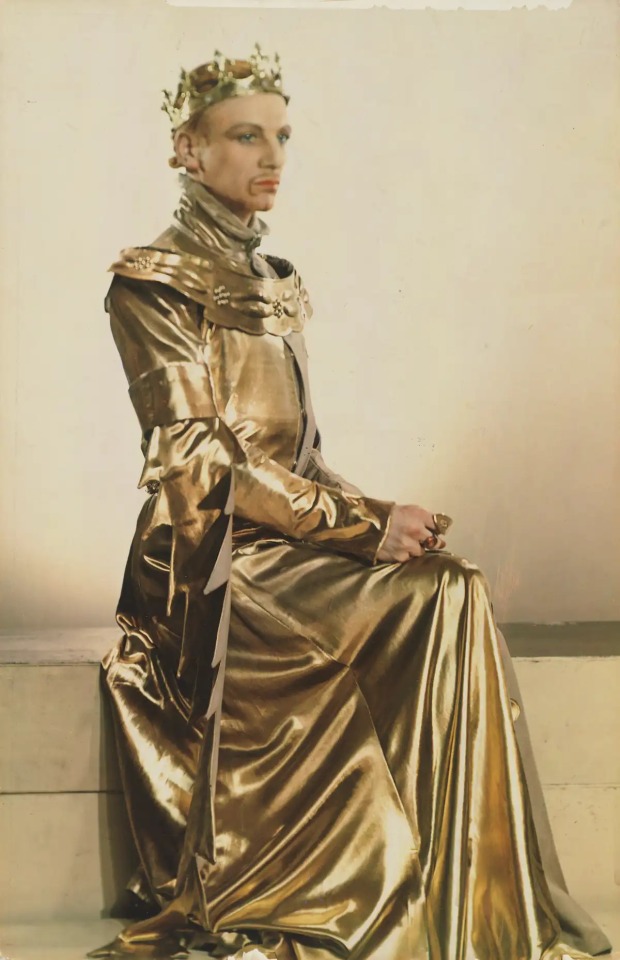
Madame Yevonde (Yevonde Philone Cumbers Middleton)
John Gielgud as Richard I in Richard of Bordeaux
1933
#madame yevonde#yevonde middleton#john gielgud#shakespeare#celebrity photographer#british photographer#british artist#british actors#portraiture#portrait photography#women photographers#woman photographer#woman artist#aesthetic#beauty#british art#modern art#art history#aesthetictumblr#tumblraesthetic#tumblrpic#tumblrpictures#tumblr art#tumblrstyle#artists on tumblr
42 notes
·
View notes
Photo

Mrs Charles Sweeny (Margaret, Duchess of Argyll) as Helen of Troy
Photograph: The Yevonde Portrait Archive
81 notes
·
View notes
Text
Madame Yevonde, Miss Ursula Packe, 1934

Found in Fyama.
7 notes
·
View notes
Text
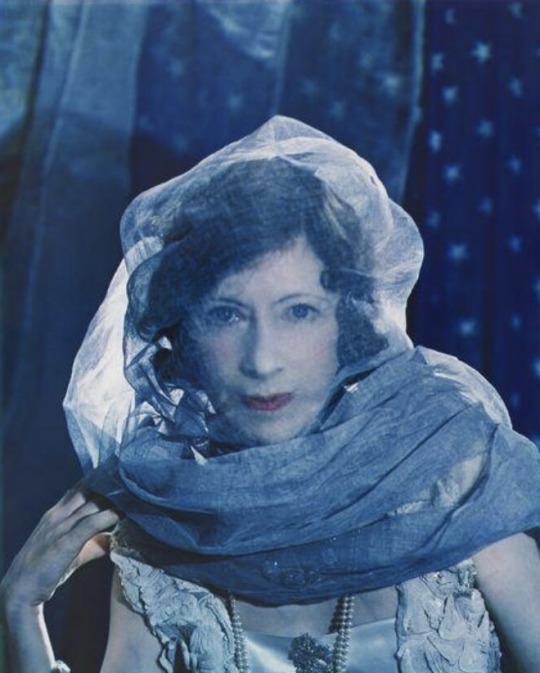

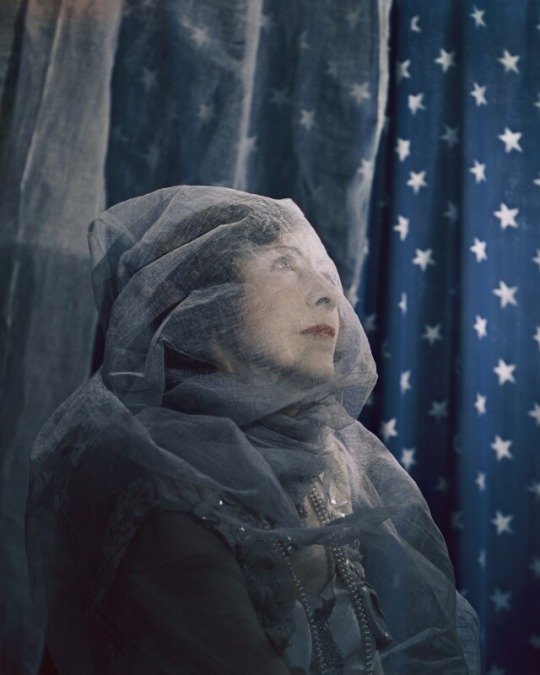

Dorothy, Duchess of Wellington as Hecate, Madame Yevonde, 1935. / Self-Portrait with Hecate, Madame Yevonde, 1939.
“It is perhaps fitting that the very last image Yevonde produced during this time should have been a self-portrait pregnant with symbolism and hidden meaning.
The image of Hecate from the Goddess series of portraits of society ladies in classical costume is centrally positioned at the top of the image, as if presiding over the scene below. In ancient times, Hecate, the Moon Goddess and Goddess of the Night and Witches, was frequently portrayed with three heads, representing the waxing, full, and waning phases of the moon.
In her autobiography In Camera, Yevonde described this image of Hecate from the Goddess series as the most interesting of them all. One can but regret that she did not elaborate on this remark since the image must clearly have held some special significance for her to justify its inclusion in the self-portrait and would suggest that in some way or other, Yevonde felt a special bond with her.
In the circumstances, it would perhaps not be too fanciful to suggest that the full moon aspect of Hecate presiding at the top of the self-portrait, as if over Yevonde’s fate, could signify that her life and career had reached their highest point, and that from then onwards, her fortunes would decline like the waning moon. If so, then this was clearly a prophetic statement, since she never again achieved the preeminence she had enjoyed during the inter-war years.”
—Lawrence N. Hole in “The Goddesses: Portraits by Madame Yevonde
7 notes
·
View notes
Text

Madame Yevonde :: Lady Bridget Poulett as 'Arethusa'. Vivex colour print, 1935 | NPG
Given by Madame Yevonde (Yevonde Philone Middleton (née Cumbers)), 1971
view on wordPress
Arethusa was a wood nymph from Elis, associated with the goddess Artemis. Pursued relentlessly by the river-god Alpheus, Arethusa begged for Artemis's help in escaping his attentions. The goddess opened up a passage under the sea which enabled Arethusa to emerge as a spring in Syracuse, on the island of Ortygia (Sicily) - hence the seaweed in Yevonde's sitter's hair. (quoted from src)
#1930s#arethusa#bridget poulett#color photography#hairdo#Madame Yevonde#npg#portrait#Porträt#retrato#ritratto#portret#retrat#Bildnis#role portrait#yevonde cumbers middleton
179 notes
·
View notes
Text





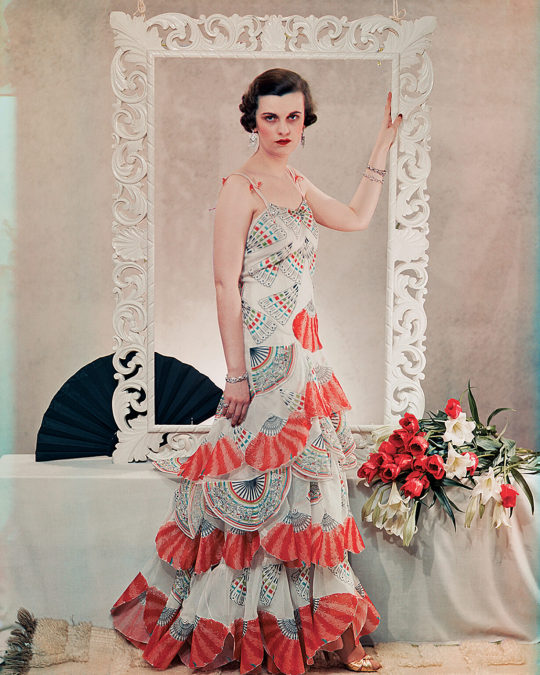

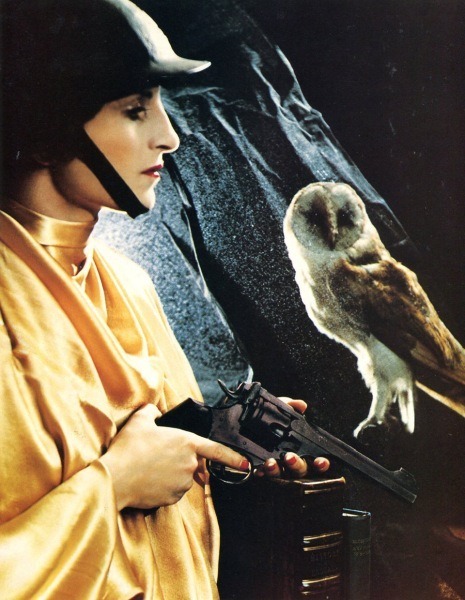
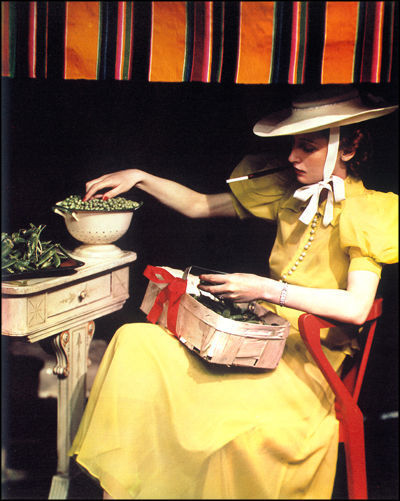
#madame yevonde#photography#fashion#30s#1930s#thirties#early color photography#feminine#women#surreal
12 notes
·
View notes
Text

Madame Yevonde. Portrait of model with dog, 1937/c.
14 notes
·
View notes
Text
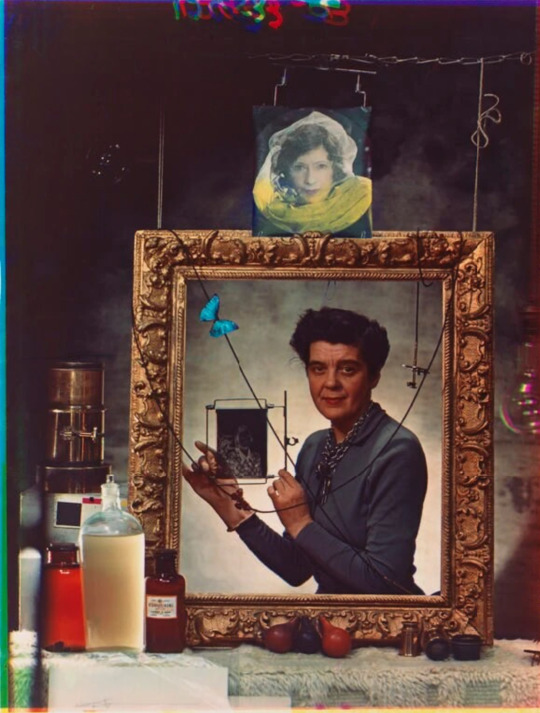
Yevonde by Yevonde
dye transfer print, 1940
14 7/8 in. x 12 in. (378 mm x 305 mm)
Purchased, 1995
Primary Collection | NPG P620
4 notes
·
View notes
Photo

Ema
“Ela queria amar duma maneira heróica, abusiva, selvagem. o Amor assim é blasfemo. A emergência dum amor pessoal, que levanta a suspeita antiquíssima da feitiçaria, era insuportável e era iníqua. Porque a sociedade cada vez mais procura estar precavida contra a paixão cega que sintoniza o desejo de dominar a morte, de deter o envelhecimento, de prolongar o prazer carnal como um direito divino.”
Agustina Bessa Luís, Vale Abraão. Fotografia de Madame Yevonde.
9 notes
·
View notes
